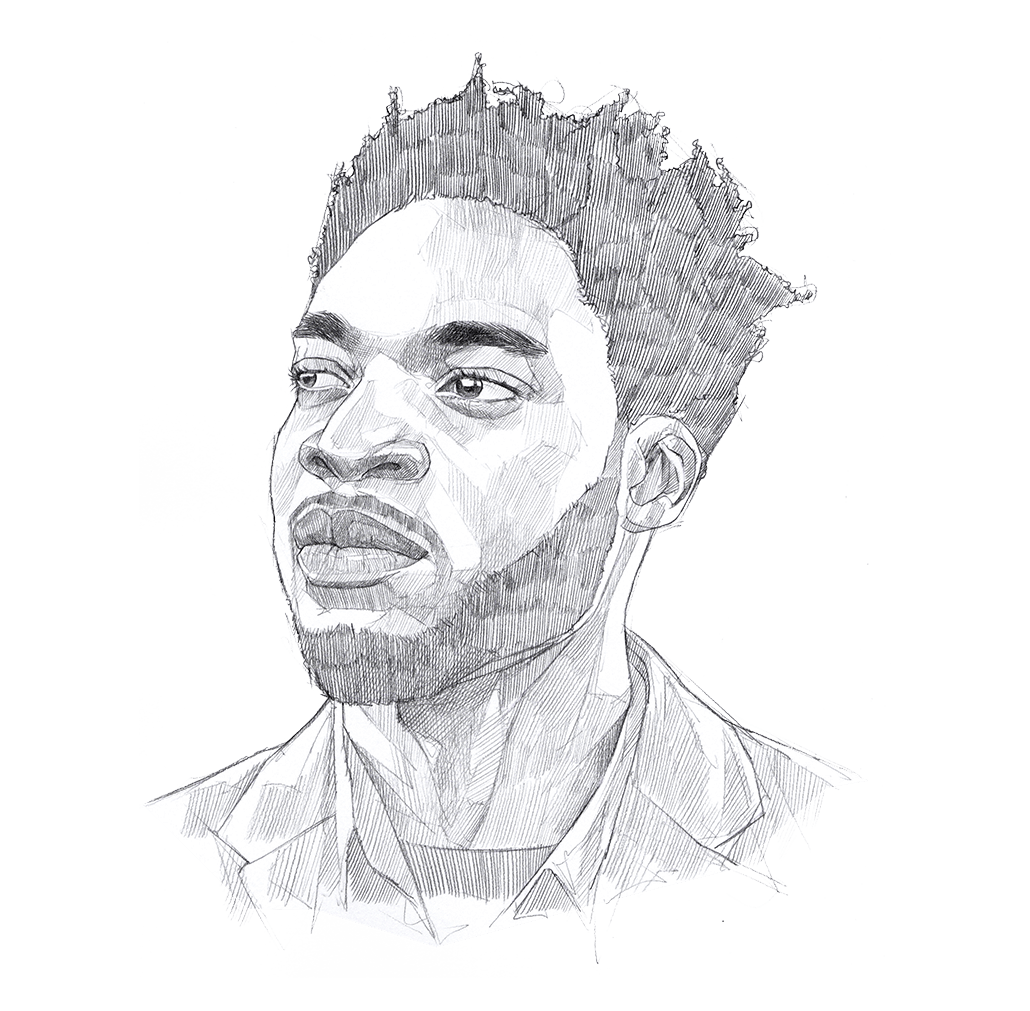It’s not for us
I know that the point there where it talks about [...] the intersectionality- it just kind of just says, "this policy is meant to be, [intersectional]," you know? It just [...] came off a box, kind of. You know what I mean? Like, "Oh yeah, we want it to be like that, so we'll say it's that." And now, all of a sudden, because we wrote that it's there, which doesn't really make sense because we're all in here and we're hearing what we're all saying, and we're kind of feeling like as Black men it's not for us. So, I could only assume that it's not going to be for everyone, even though it's supposed to be covering everyone's needs to the fullest. Um, clearly, it's not. It kind of just seems to come off as something they wrote just to kind of cover their ground a little bit.
Recommendations
-
Including male students across cultures in discussions of sexual violence, gender stereotypes, and stereotypes of masculinity.
-
Ensure all sexual violence prevention and response education and training opportunities actively deconstruct victim-blaming, rape myths and gender norms. Ensure these sessions take an intersectional approach to understanding sexual violence and supporting victim/survivors.
-
Engage with student leaders from diverse cultural backgrounds and genders when revising policy content and associated services. Ensure the concerns raised by these students are foregrounded in policy development and application.
-
Be aware of damaging assumptions about Black and Middle Eastern male sexuality; consider problematizing this form of bias in education and awareness campaigns. In working with students from these demographics in relation to a disclosure or report, demonstrate awareness that such biases exist, and demonstrate intention not to be swayed by such assumptions.

